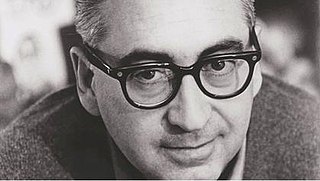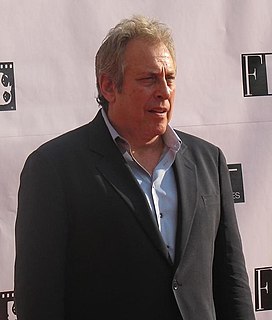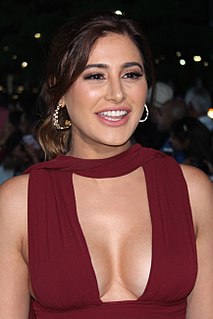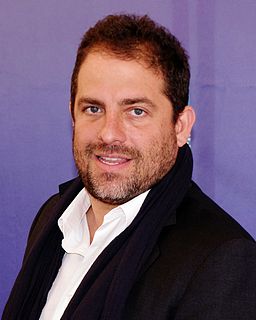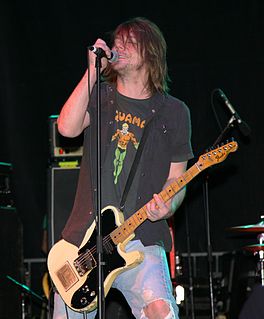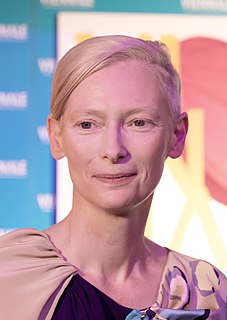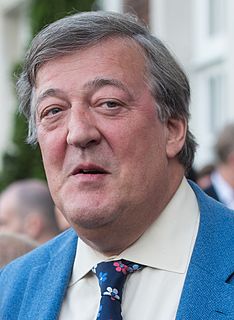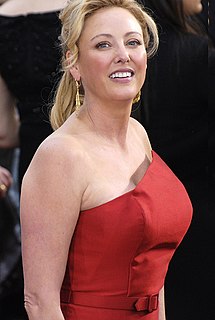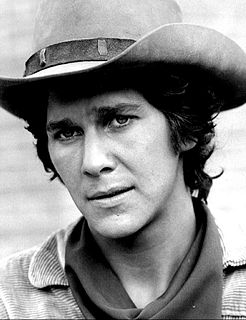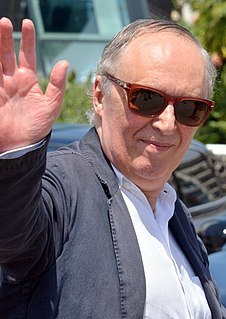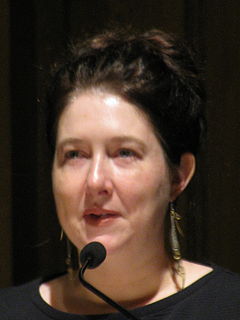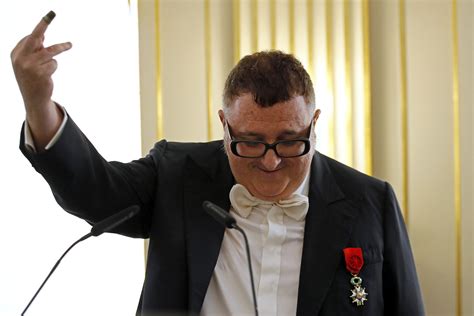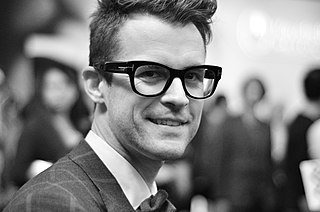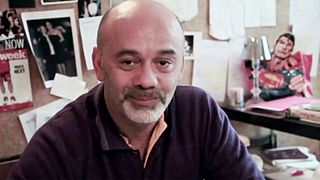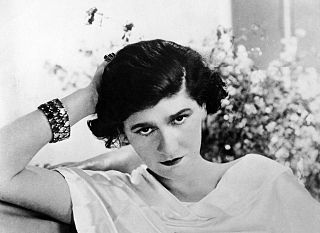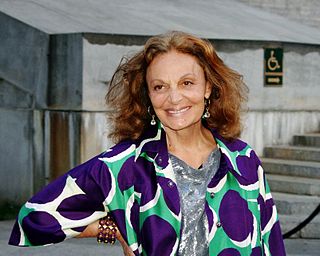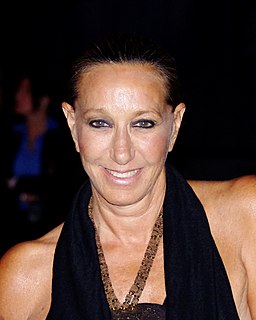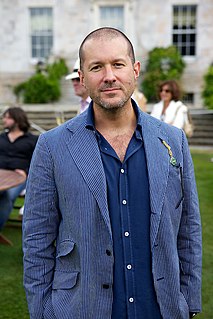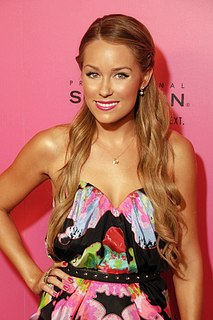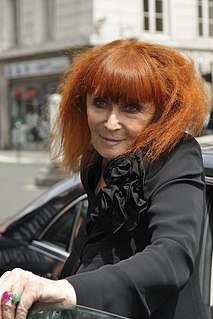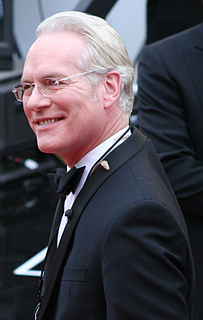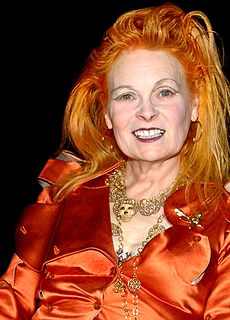A Quote by Saul Bass
The very first pieces of film that I did were really graphic designs translated to film. Graphic designs that moved. That was a very new notion.
Related Quotes
Where the Truth Lies rating has a lot more to do with the political climate in America today than it does with the film. It wouldn't have had this rating five years ago. There's nothing graphic in this film on screen; you can look at it, but you won't be able to see it, it's not there. There's nothing graphic sexually that's not about the story telling.
I first came to cinema as a passionate filmgoer, when I was a child. Then, when I was a very young man, I became a film critic precisely because of my knowledge of cinema. I did better than others because of this. Then I moved on to screenwriting. I wrote a film with Sergio Leone, 'Once Upon a Time in the West.' And then I moved to directing.
When I get interested in a new topic I teach a class on it. There's a graduate seminar I teach in which the students and I try to expand the terminology we use to talk about poetry as well as expand our notion of what makes a poem - we read source texts on architecture, dance, photography, film and the graphic novel.
